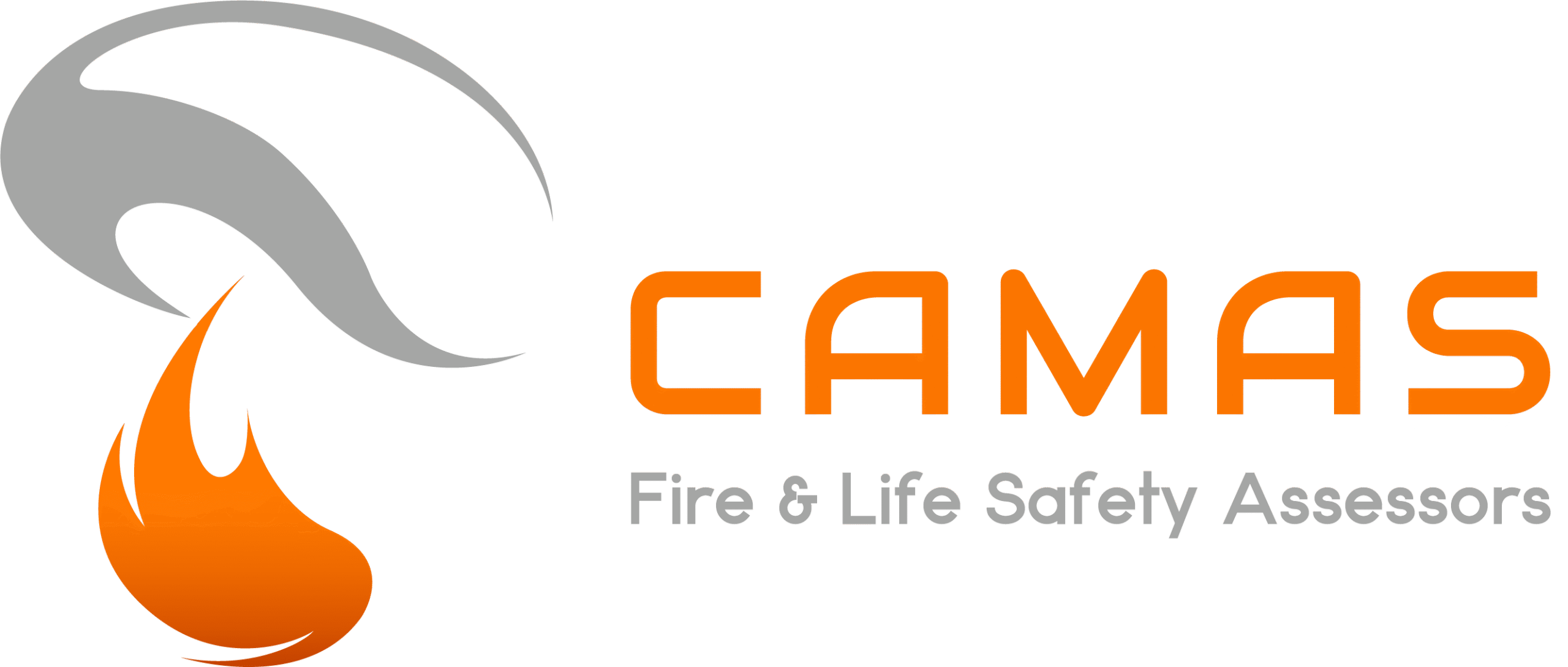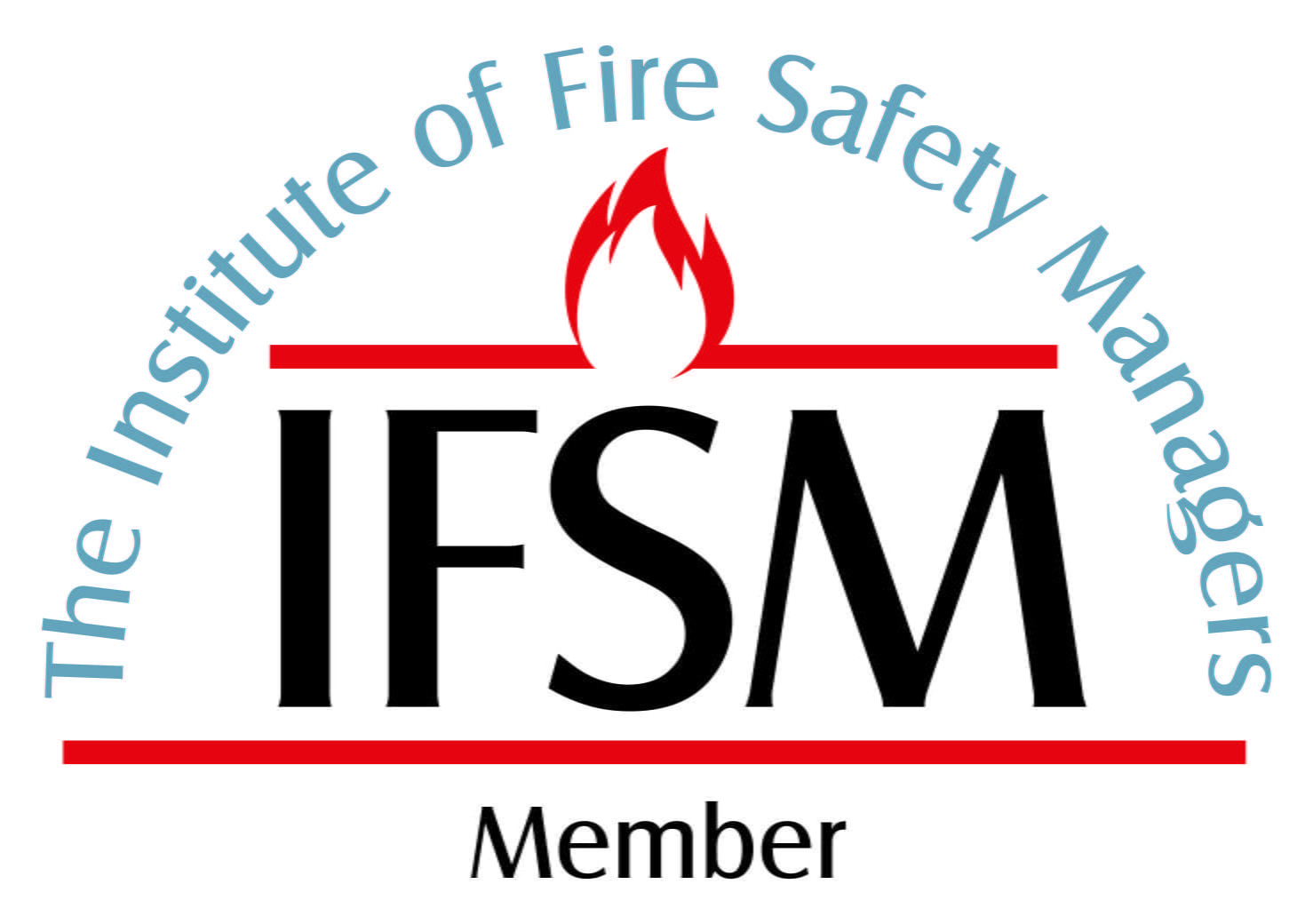Why Fire Safety Law Matters Now More Than Ever
Fire safety is not just a tick-box exercise — it’s a legal responsibility that could save lives. Whether you manage an office block, retail unit, warehouse or residential building, you need to understand your duties under the Regulatory Reform (Fire Safety) Order 2005.
In this post, we’ll break down:
- What the Order is
- Who is responsible for compliance
- What actions you need to take
- The risks of non-compliance
- How Camas Fire & Life Safety can help
What Is the Regulatory Reform (Fire Safety) Order 2005?
Also known as the Fire Safety Order 2005, this legislation is the cornerstone of fire safety law in England and Wales. It consolidated dozens of previous fire safety laws into one simplified framework.
It applies to all non-domestic premises, including:
- Offices and shops
- Factories and warehouses
- Communal areas in blocks of flats
- Public buildings (schools, hospitals, hotels)
- Construction sites
Who Is Responsible?
Under the Order, there must be a designated “responsible person” for every premises. This is typically:
- An employer
- The building owner
- A facilities manager
- A managing agent
- Or anyone with control over the premises
The responsible person is legally required to:
- Carry out a fire risk assessment
- Put in place appropriate fire safety measures
- Maintain those measures regularly
- Ensure staff are trained
- Keep clear evacuation routes and procedures
- If you’re unsure whether this applies to you — it probably does.
What You Must Do to Stay Compliant
Here are the key actions required by law:
- Conduct a Fire Risk Assessment
This must be a suitable and sufficient assessment of the premises to identify potential fire hazards, people at risk, and ways to reduce or remove those risks.
– Camas offers both invasive and non-invasive fire risk assessments tailored to your building type and risk level.
- Act on the Findings
If your assessment finds gaps or hazards, you must act promptly to fix them — whether that means upgrading signage, fixing a fire door, or redesigning evacuation routes.
- Train Your Staff
All staff must receive fire safety training appropriate to their role. This includes fire marshal training if you appoint fire wardens.
- Maintain Equipment and Systems
Fire alarms, extinguishers, and emergency lighting must be tested regularly and maintained by competent people.
- Keep Records
You should have a documented fire safety policy, evacuation plans, maintenance logs and staff training records.
What Happens If You Don’t Comply?
- Failure to comply with the Fire Safety Order can lead to:
- Enforcement notices
- Heavy fines
- Court prosecution
- Imprisonment in severe cases
- Closure of business premises
In short: the risks are too high to ignore.
How Camas Helps You Comply With Confidence
With over 40 years of industry experience, Camas Fire & Life Safety Assessments provides practical, professional support for businesses and facilities managers who want to stay compliant without the guesswork.
Our services include:
- Fire Risk Assessments (Tier 2 Assessor)
- Fire Strategy Reports for planning and design
- Fire Door Inspections
- Evacuation Plans & Alarm Zone Drawings
- Fire Safety Training & Documentation
We take the jargon out of fire safety — and give you clear, actionable solutions.
Conclusion: Stay Ahead of Fire Safety Law
The Regulatory Reform (Fire Safety) Order 2005 places the responsibility firmly on your shoulders — but you don’t have to manage it alone.
Let Camas help you understand the risks, meet your legal duties, and keep your people and property protected. Contact us today.


